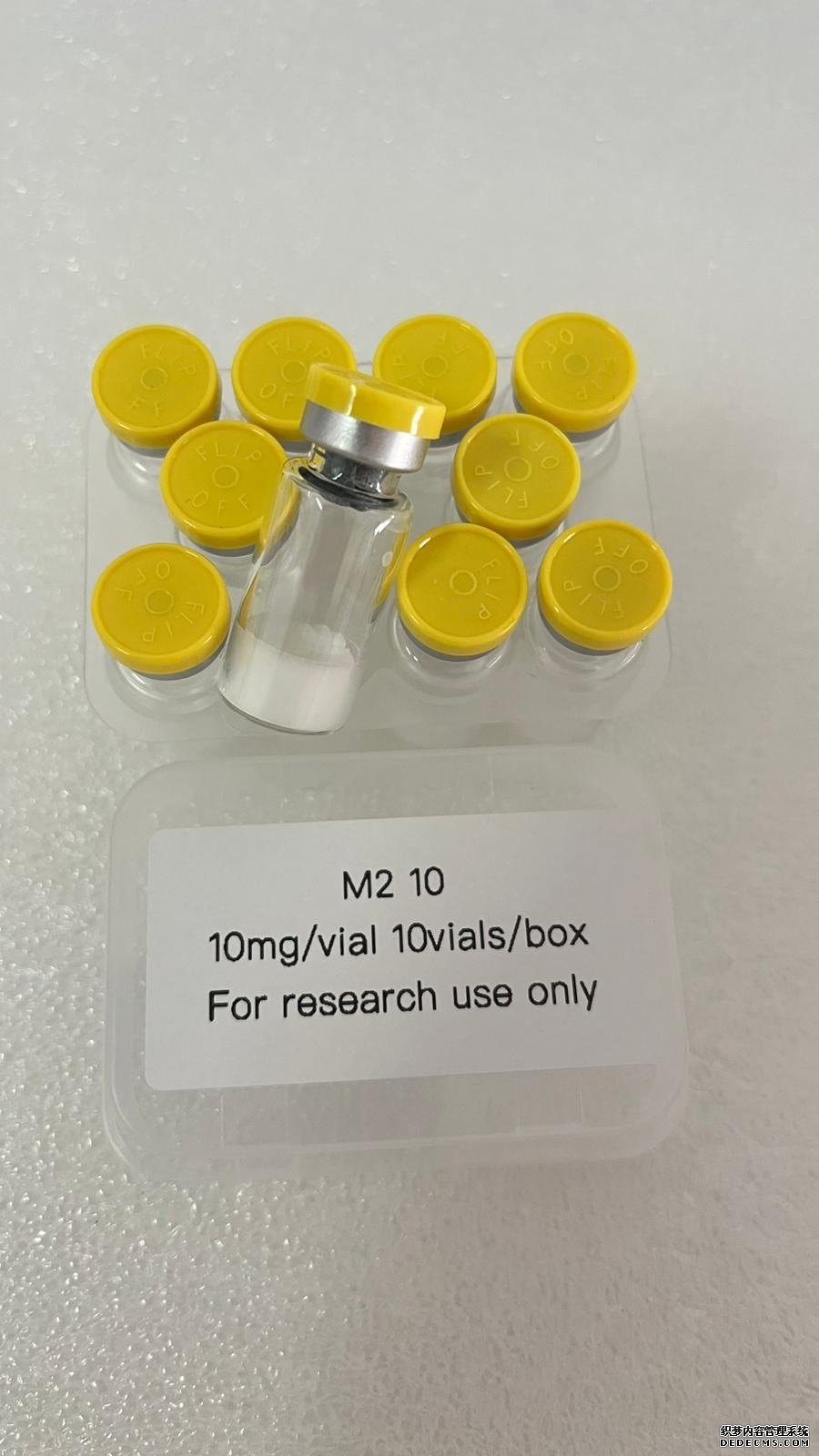Blog
Tirzepatide: A New Hope for Diabetes and Weight Management
Writer: admin Time:2025-06-11 16:17 Browse:℃
With the continuous advancement of medical technology, the development of new drugs has brought new light to the treatment of numerous diseases. Among them, Tirzepatide has become the focus of attention in the medical field due to its unique mechanism of action and remarkable efficacy. Today, let's take an in-depth look at this remarkable drug.
What is Tirzepatide?
Tirzepatide is a novel polypeptide drug developed by Eli Lilly and Company. It is a dual receptor agonist that can act on both the glucagon-like peptide-1 (GLP-1) receptor and the glucose-dependent insulinotropic polypeptide (GIP) receptor simultaneously. This unique dual mechanism endows it with outstanding effects in blood glucose regulation and weight management.
Unveiling the Mechanism of Action
Tirzepatide's hypoglycemic and weight-loss effects stem from its precise regulation of multiple physiological processes. When it binds to the GIP and GLP-1 receptors on pancreatic beta cells, it activates a series of related signaling pathways, thereby promoting insulin synthesis and secretion. This promotion is particularly significant when blood glucose levels rise, helping the body to better absorb and utilize glucose, and effectively reducing blood glucose levels.
At the same time, Tirzepatide can also act on pancreatic alpha cells to inhibit the secretion of glucagon. It should be noted that glucagon promotes the breakdown of liver glycogen and gluconeogenesis, thereby increasing blood glucose levels. By inhibiting its secretion, Tirzepatide reduces the output of glucose from the liver, playing a crucial role in maintaining blood glucose stability.
In addition to its effects on pancreatic cells, Tirzepatide also acts on the gastrointestinal tract, slowing down gastric emptying. It's like pressing the slow-motion button on the "journey" of food in the stomach, allowing you to feel full for a longer time. Moreover, it can act on the central nervous system to regulate the appetite center, making you reduce food intake naturally. This is undoubtedly a great boon for type 2 diabetes patients troubled by weight problems.
Clinical Applications
A Powerful Tool for Treating Type 2 Diabetes
Numerous clinical trials have fully demonstrated the significant efficacy of Tirzepatide in reducing blood glucose levels in patients with type 2 diabetes. Compared with traditional hypoglycemic drugs, it can more effectively reduce the level of glycated hemoglobin (HbA1c). Some studies have shown that in certain cases, it can reduce HbA1c by more than 2%. It not only has an excellent effect on controlling fasting blood glucose but also manages postprandial blood glucose well, enabling patients' blood glucose to approach normal levels more stably.
An Effective Aid for Weight Management
For adult patients who are obese or overweight and have at least one weight-related complication (such as hypertension, dyslipidemia, type 2 diabetes, obstructive sleep apnea, or cardiovascular disease), Tirzepatide has also demonstrated astonishing strength in chronic weight management. In clinical trials, patients treated with 15 mg of Tirzepatide for one year lost an average of 15% of their body weight. This weight loss effect is even comparable to some bariatric surgeries. Reducing weight while lowering blood glucose is of great significance for improving insulin resistance and other metabolic indicators.
In a clinical trial involving more than 2,500 people from 9 countries with an average weight of 105 kg, participants were required to take low, medium, or high doses of Tirzepatide or a placebo once a week for 72 weeks. The results showed that participants taking the highest dose of Tirzepatide lost an average of 24 kg, equivalent to a 22.5% reduction in body weight, while those taking the placebo only lost an average of 2 kg, highlighting a striking contrast.
Usage and Dosage Precautions
Tirzepatide is usually administered via subcutaneous injection. To ensure the drug's effectiveness and safety, the starting dose is 2.5 mg once a week for 4 weeks, after which it is increased to 5 mg per week. The maximum dose should not exceed 15 mg per week. It can be used at any time of the day, with or without meals. However, the specific medication regimen must strictly follow the doctor's instructions, and the dose should never be adjusted arbitrarily.
Possible Side Effects
Like any drug, Tirzepatide may also cause some side effects. Common side effects include gastrointestinal problems such as nausea, diarrhea, and vomiting. These symptoms may be more pronounced in the early stages of treatment but may gradually subside as treatment progresses. Additionally, it may lead to a decreased appetite. While this is beneficial for weight loss to some extent, it may also cause distress for certain patients.
In rare cases, Tirzepatide may trigger cardiovascular problems such as sinus tachycardia (rapid heartbeat). There are also rare cases of kidney damage caused by dehydration due to vomiting or diarrhea, as well as skin reactions at the injection site. It should be noted that GLP-1 drugs (including Tirzepatide) carry a certain risk of pancreatitis. Although the incidence is low, it cannot be ignored. If any discomfort occurs during the medication process, it is essential to inform the doctor promptly.
Comparative Advantages over Other Drugs
Compared with other hypoglycemic drugs, Tirzepatide has distinct advantages. In terms of the mechanism of action, it does not merely promote insulin secretion and inhibit glucagon secretion. Instead, it comprehensively regulates blood glucose through multiple pathways, such as slowing down gastric emptying and reducing appetite. This multi-effectiveness is lacking in many traditional hypoglycemic drugs.
In terms of hypoglycemic effect, Tirzepatide is superior to many traditional hypoglycemic drugs in reducing HbA1c and can control blood glucose fluctuations more comprehensively. In weight management, its performance is even more outstanding, enabling significant weight loss in patients. This is an advantage that traditional hypoglycemic drugs struggle to match, especially for type 2 diabetes patients with obesity.
Furthermore, although related research is still ongoing, existing data shows that Tirzepatide has a certain effect on improving cardiovascular risk factors such as blood pressure and blood lipids, potentially helping to reduce the risk of cardiovascular diseases. Moreover, Tirzepatide only needs to be injected once a week, which greatly improves patient compliance with medication, making it convenient for long-term treatment and beneficial for long-term stable blood glucose control.
The emergence of Tirzepatide has brought new hope to patients with type 2 diabetes and those who are overweight or obese. However, when using this drug, it is crucial to do so under the guidance of a doctor, fully understanding its efficacy and potential risks to ensure safe and effective medication. It is hoped that in the future, more innovative drugs like Tirzepatide will emerge, contributing to the cause of human health.






 QQ客服
QQ客服